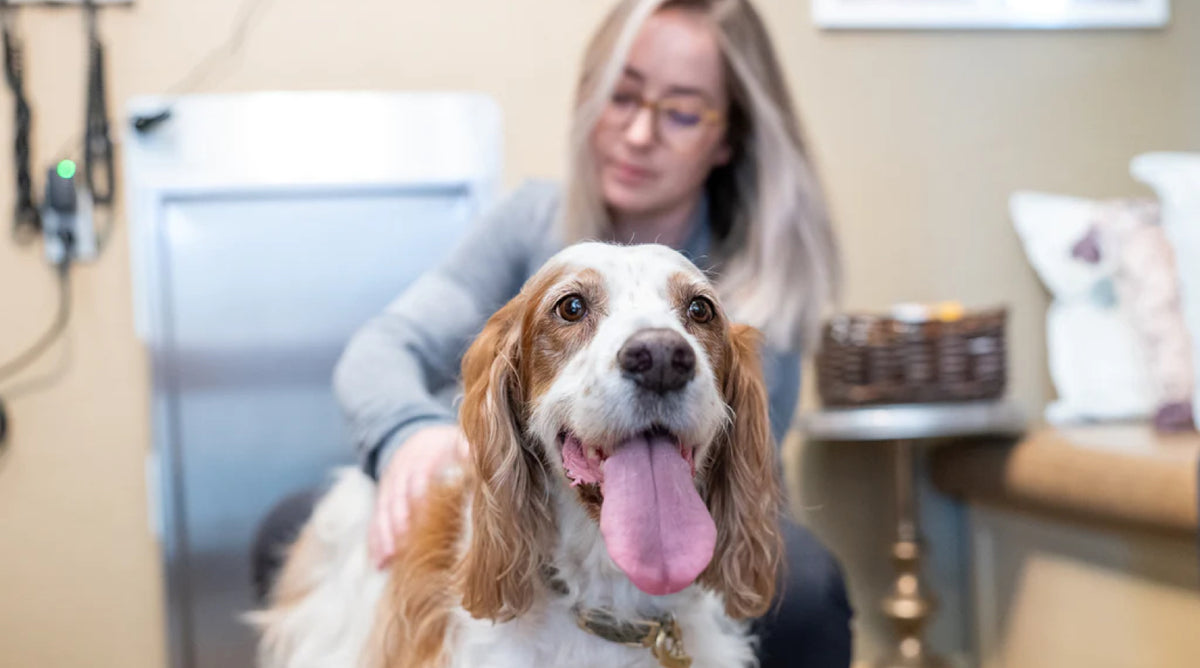Wildfire Season: Pets & Smoke plus our Evacuation Prep List
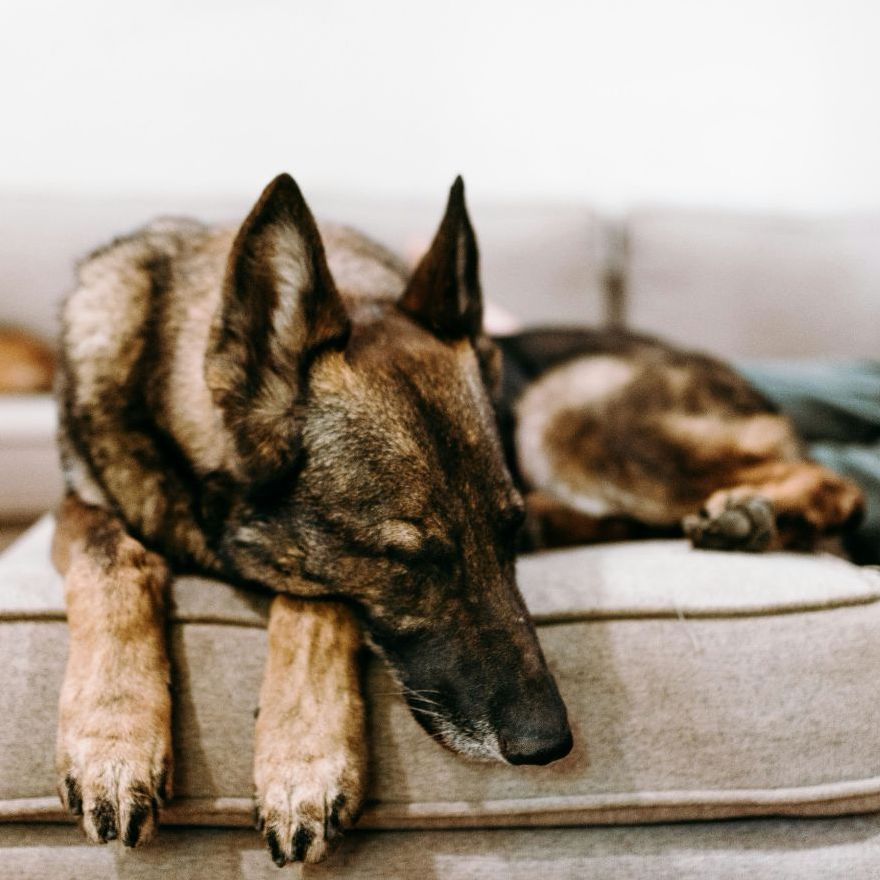
Pets & Smoke
Like us, our fur kids are susceptible to the respiratory irritants in wildfire smoke. Even short-term exposure can lead to coughing, sneezing, watery eyes, and difficulty breathing. More severe exposure can result in significant respiratory distress, reduced oxygen intake, and long-term lung damage. If your fur kid has a pre-existing respiratory condition such as asthma or bronchitis, then they are at an even higher risk.
There can also be a concern for cardiovascular effects from wildfire smoke. Fine particulate matter from smoke can enter the bloodstream through the lungs, potentially leading to inflammation, increased heart rate, and even cardiovascular disease. Older fur kids or those with pre-existing heart conditions are especially vulnerable to these effects.
Wildfire smoke can also affect your pet's behaviour and overall well-being. The unfamiliar (and scary) smell of smoke, combined with poor air quality, can cause pets to become disoriented or anxious. You might notice your fur kid becoming lethargic, losing appetite, or exhibiting signs of stress and anxiety.
We know wildfire season can be scary for all household members. If you have questions or concerns, we’re here to help!
If you live in an area at risk for fire, we also recommend preparing with our Pet Evacuation Printable Prep List so you know you have everything you need ready to go.
Our Tips to Help Your Fur Kids
1. Stay Indoors
Keep your fur kid indoors as much as possible during wildfire events. Close windows and doors to prevent smoke from entering your home, and use air purifiers to improve indoor air quality. Also, ensure your fur kid has access to plenty of fresh, clean water.
2. Limit Outdoor Activities
If your pets must go outside, limit their time and avoid strenuous activities. Walk dogs when air quality is better, such as early morning or late evening (this is also when it's cooler!).
3. Monitor Air Quality
Keep track of air quality indexes (AQI) and stay informed about wildfire updates. Various apps and websites provide real-time AQI data to help decide when pets are safe to go outside (your phone’s weather app may do this, too!).
4. Create a Designated Clean Room
Designate a room in the house as a clean air space with an air purifier running continuously. This space can serve as a safe haven for your fur kids (and you!) during periods of poor air quality.
5. Know When to See Your Vet
Mild symptoms of smoke exposure, such as coughing or sneezing, can be managed at home. Seek veterinary care if you notice symptoms such as excessive coughing, difficulty breathing, or lethargy.
Also in Natural Pet Health Blog
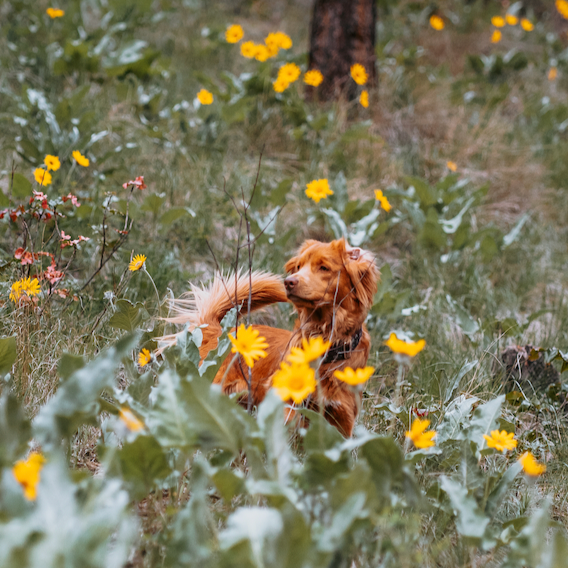
Tick Season is here! 🕷🌷
While we are all super excited to get outside again and explore the beautiful Okanagan, this warmer weather means those pesky ticks are back in season! Yep, that's right, it's early March and we're already seeing ticks at Pandosy Village Vet.
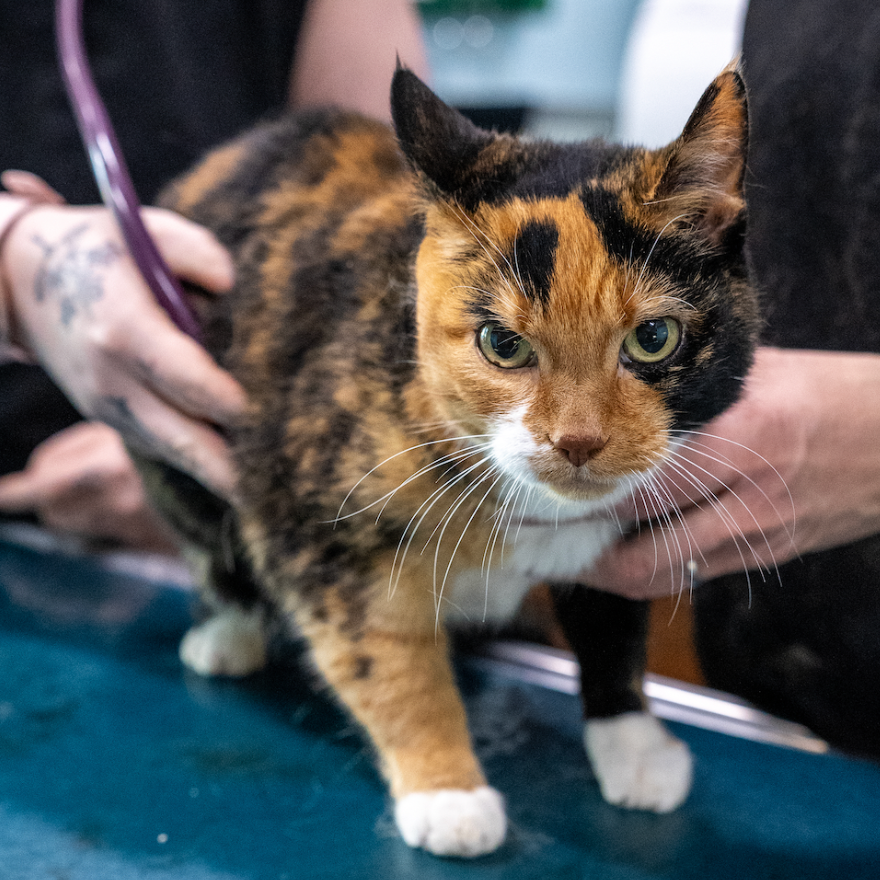
Happy Healthy Hearts - Heart Diagnostics
Heart health is an important part of keeping our furry family members happy and healthy. At Pandosy Vet, we recommend annual visits so our vets can give your furry family members a full examination, including checking their hearts! Read on to find out the different tools we can use to see how your cat or dog's heart is doing.
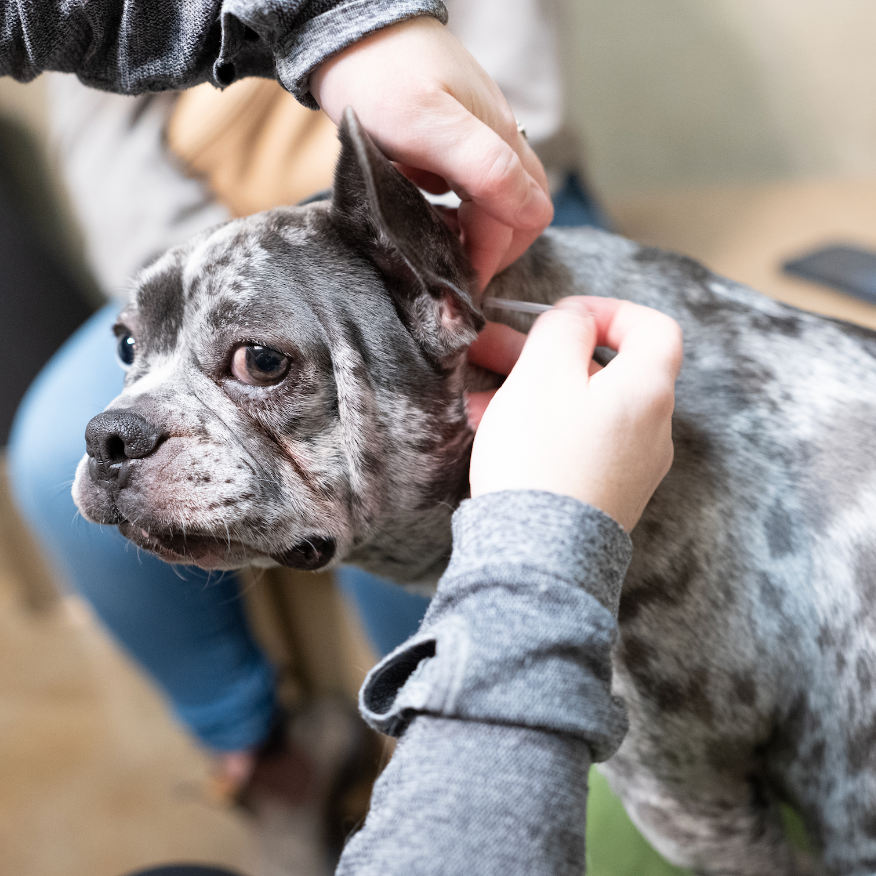
Acupuncture for Cats & Dogs
Pandosy Village Veterinary Hospital offers Traditional Chinese acupuncture, as well as Chinese herbal medicine. This ancient Eastern approach to wellness is more relevant than ever and provides many opportunities to solve issues that Western medicine can't. Traditional Chinese medicine gets to the root of the illness, providing long-term benefits without the possible side effects of pharmaceuticals or surgery.

